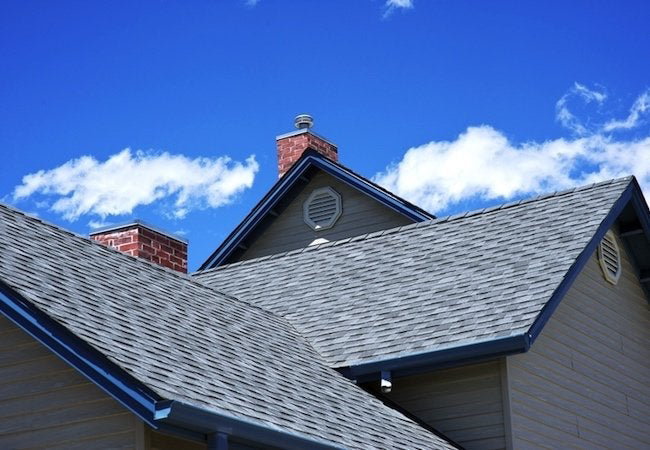Point 2
Roof Condition: The Unsung Hero of Your Home’s Longevity
Your home’s roof is arguably one of its most crucial components, yet it often remains an afterthought until problems arise. In the context of a remodel or property evaluation after the foundation, assessing the condition of the roof is the logical first step. Why? Because the state of your roof can significantly impact the longevity, safety, and value of your entire home.
Life Expectancy and Material
One of the first things to consider is the life expectancy of your roof, which is determined by the type of material used. For instance, asphalt shingles usually last about 20-30 years, while a metal roof can last 50 years or more. Being aware of the age of your roof will give you an idea of its remaining lifespan. Replacing a roof that’s nearing the end of its life during a remodel can save you the hassle and cost of dealing with it later on.
Signs of Wear and Tear
General wear and tear, especially due to inclement weather conditions, can also indicate whether repairs or replacement are needed. Look for damaged or missing shingles, as well as signs of water leaks, as these can cause serious structural damage if left unattended. Warping, blistering, and algae growth are other indicators that your roof needs attention.
Insulation and Ventilation
Good insulation and ventilation are critical for any roof. Proper insulation saves energy and keeps your home warm in winter and cool in summer. On the other hand, good ventilation prevents moisture buildup, which can cause rot, mold, and deterioration of the roof structure. A well-designed roof should aim to balance these two aspects effectively.
Drainage Systems
An often-overlooked aspect of roof condition is the drainage system, consisting mainly of gutters and downspouts. Inadequate or clogged drainage systems can lead to water pooling and eventually damage the roof and the home’s foundation. Make sure to assess the state of your drainage systems and factor in any necessary upgrades or repairs during your remodel.
Safety and Building Codes
Finally, it’s essential to consider safety and compliance with building codes. Roof structures must adhere to local building codes, and falling short can result in fines or even mandatory reconstruction. If you’re living in an older home, the roof might not be up to current standards, and bringing it into compliance should be a top priority.
Conclusion
In summary, evaluating the condition of your roof is a multifaceted task involving several critical elements. These range from the basic — such as material and age — to more complex aspects like insulation and drainage systems. By understanding each of these components, you arm yourself with the knowledge needed to make informed decisions during your remodeling process. This not only ensures the safety and longevity of your home but also potentially saves you significant time and money in the long run.



